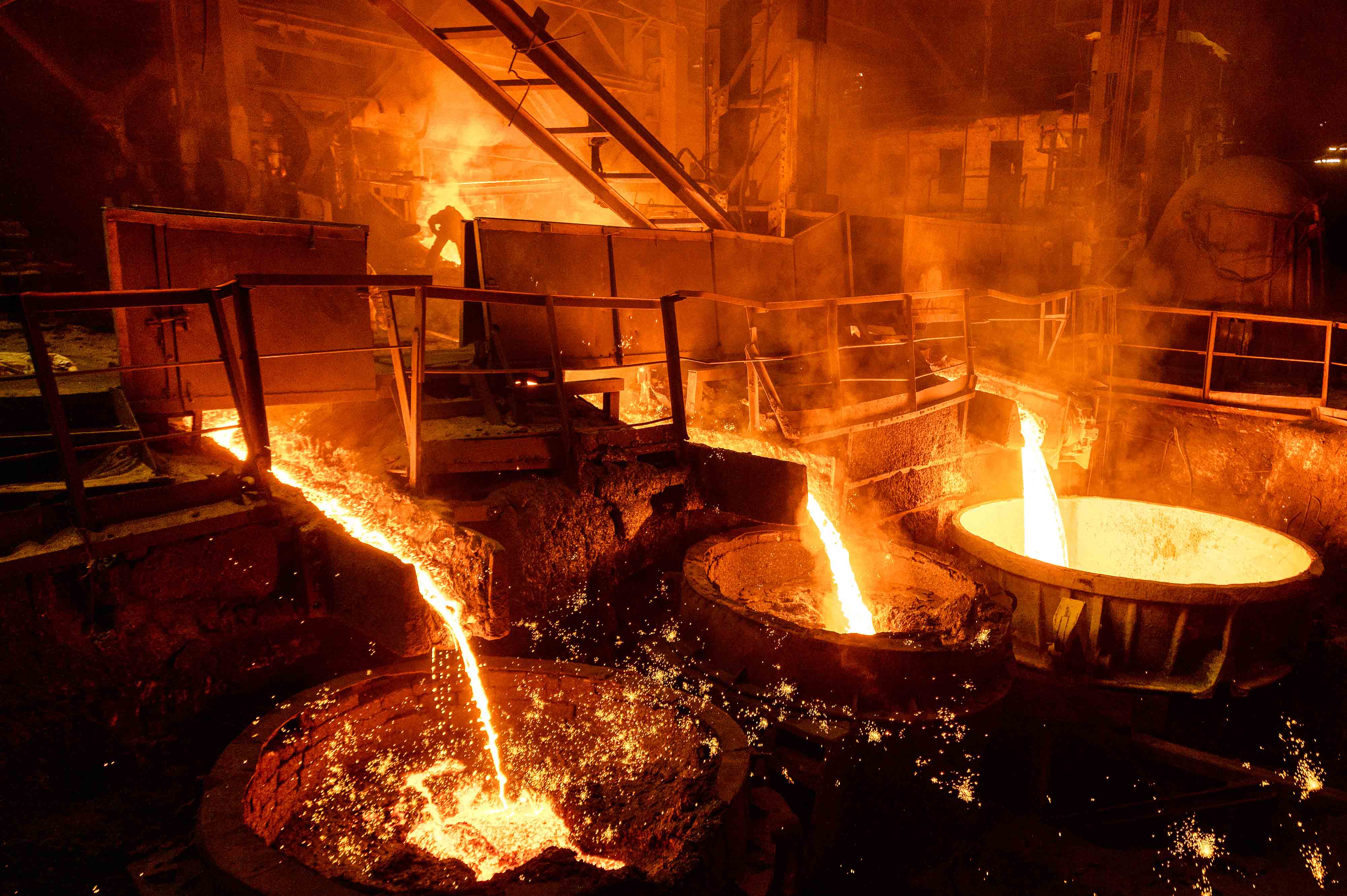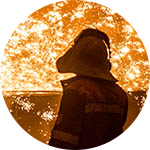The Transformation from Pig Iron to Steel: A Fascinating Journey
2025-07-03 15:01:45 hits:0
In the world of metal materials, steel, with its toughness and durability, is widely used in numerous fields such as construction, machinery manufacturing, and the automotive industry. How does its "precursor," pig iron, go through various "tests" and achieve a magnificent transformation into steel, which is so widely used? Let's uncover the mysteries of this magical transformation together.

The Fundamental Differences between Pig Iron and Steel
Before understanding how pig iron is made into steel, we must first clarify their essential differences. Both pig iron and steel mainly consist of iron, but their carbon contents are quite different. Pig iron has a carbon content ranging from 2% to 4.3%. The relatively high carbon content makes pig iron hard and brittle, with poor toughness. On the other hand, the carbon content of steel is generally between 0.03% and 2%. This slight change in carbon content endows steel with good toughness and plasticity, making its performance far superior to that of pig iron. For a more in - depth understanding of the phase diagram and performance relationship of iron - carbon alloys, you can refer to the relevant materials on the official website of the Central Iron and Steel Research Institute (http://www.cisri.com.cn/), which provides detailed and professional explanations of iron - carbon alloy knowledge.
If you are interested in pig iron, Tiegu supplies high - quality pig iron. You can visit our pig iron page for more details.
The Foundation of Ironmaking: Preparing for Steelmaking
Before steelmaking, pig iron must first be smelted from iron ore. Ironmaking is generally carried out in a blast furnace, using iron ore, coke, and limestone as the main raw materials. At high temperatures, coke reacts with the blown - in air to form carbon monoxide. Carbon monoxide acts as a reducing agent to reduce the iron oxides in the iron ore to iron. At the same time, limestone decomposes at high temperatures, and its decomposition products can remove impurities such as gangue in the iron ore, ultimately obtaining pig iron with more impurities and a higher carbon content. For detailed process flow and principles of blast furnace ironmaking, you can visit the "My Steel Net" (https://www.mysteel.com/), an information platform for the steel industry, which has abundant industry knowledge and cases for reference.
The Radical Transformation: Key Steps in Making Steel from Pig Iron
Refining and Casting: Creating Perfect Steel Products
After the above steps, there may still be a small amount of impurities and gases in the molten steel, affecting the quality of the steel. At this time, refining treatments such as vacuum degassing and secondary refining are required to further remove impurities and gases and improve the purity of the steel. When the molten steel reaches the desired composition and temperature, it can be cast into shape. The molten steel is poured into specific molds, and after cooling and solidification, various shapes of steel products such as steel plates, ingots, and steel pipes are obtained. These steel products will be widely used in various fields to play their important roles. For understanding the cutting - edge technologies of refining and casting processes, you can pay attention to the official website of ArcelorMittal (https://www.arcelormittal.com/), a world - renowned steel enterprise that has been at the forefront of innovation in steel production processes.
From pig iron to steel, although the transformation seems simple, it actually involves complex and exquisite processes. It is these processes that enable iron, a common metal, to become an indispensable key material in modern industry through "thorough tempering," supporting our high - rise buildings, driving the advancement of vehicles such as cars and ships, and helping technology to continuously reach new heights.
Blog Author Profile
DAWN | Pig Iron & Castings Procurement Advisor 18 years in the foundry trenches give me an edge: I know how pig iron’s chemistry impacts casting quality and can troubleshoot defects like cracks and porosity. With a 1M MT/year pig iron and 60k MT/year casting output from our in-house factory, plus 200+ verified suppliers on our platform, we offer fast price comparisons. Expect a 24-hour inquiry response—my goal? Not just closing deals, but being your go-to partner in the foundry world.
18 years in the foundry trenches give me an edge: I know how pig iron’s chemistry impacts casting quality and can troubleshoot defects like cracks and porosity. With a 1M MT/year pig iron and 60k MT/year casting output from our in-house factory, plus 200+ verified suppliers on our platform, we offer fast price comparisons. Expect a 24-hour inquiry response—my goal? Not just closing deals, but being your go-to partner in the foundry world.
📧(zbw@tiegu.net)

 en
en  fra
fra  de
de  ru
ru  ara
ara  gle
gle  it
it  jp
jp  kor
kor  th
th  zh
zh 


